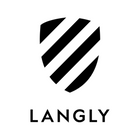LUCAS FOGLIA: FRONTCOUNTRY

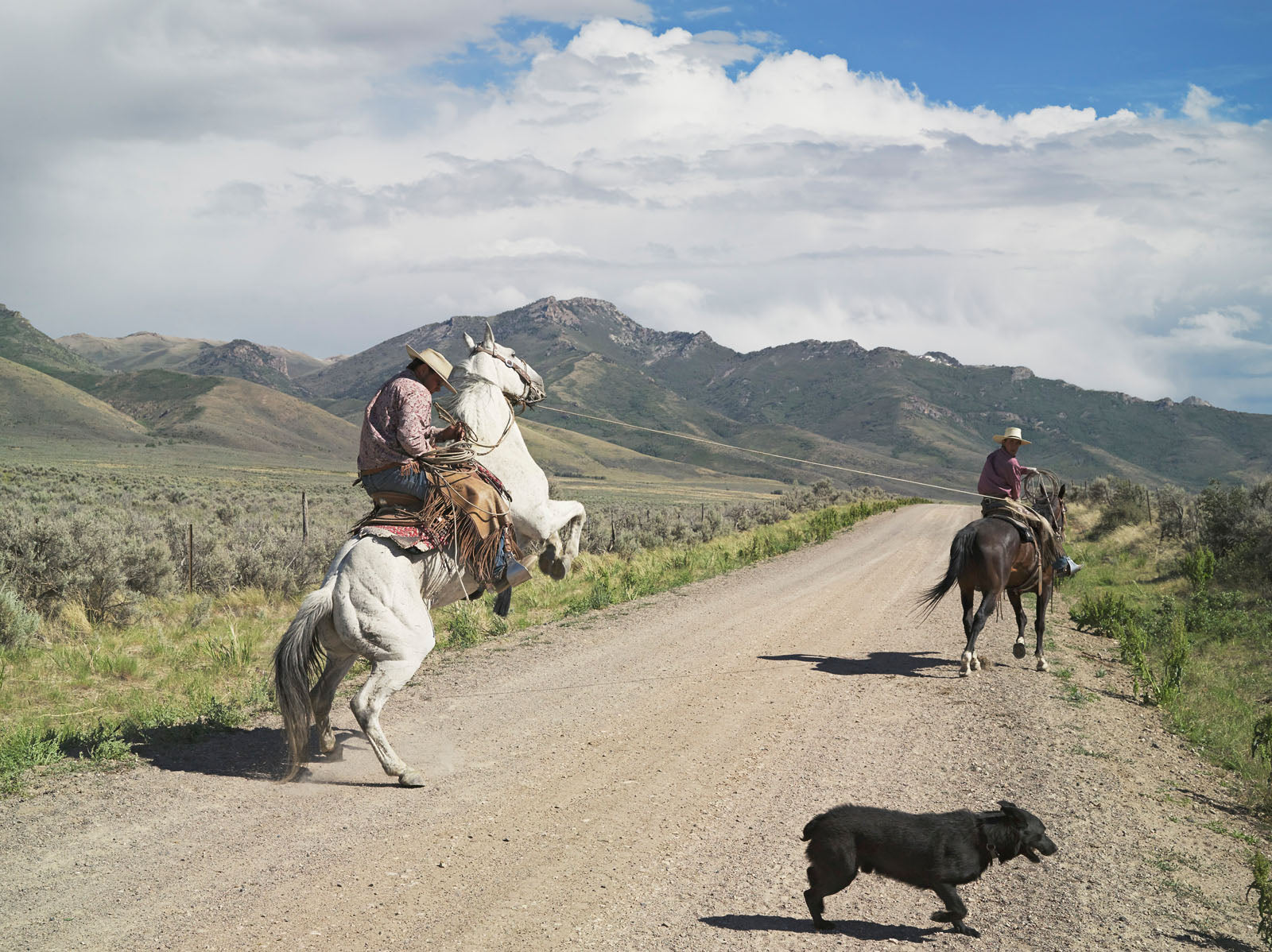 Between 2006 and 2013 photographer Lucas Foglia travelled through the American West creating a photographic book of people living in the boom and bust of mining and those still dedicated to farming. Frontcountry explores the wilderness, the vast landscapes, the cowboys and the youth living in small towns. The contemporary American West is still wild, beautiful and its population relies on mining and farming, both very uncertain futures.
Between 2006 and 2013 photographer Lucas Foglia travelled through the American West creating a photographic book of people living in the boom and bust of mining and those still dedicated to farming. Frontcountry explores the wilderness, the vast landscapes, the cowboys and the youth living in small towns. The contemporary American West is still wild, beautiful and its population relies on mining and farming, both very uncertain futures.
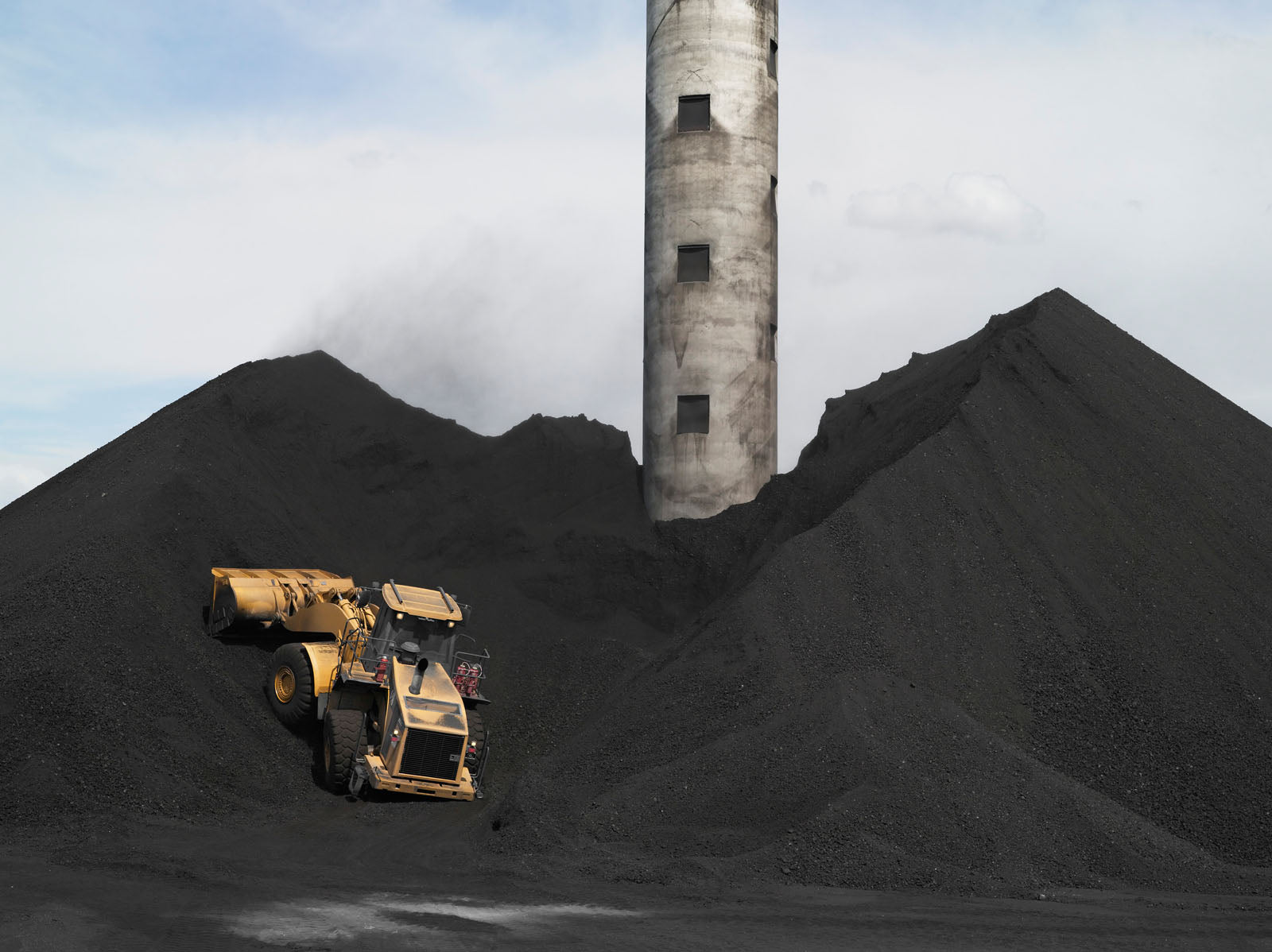
You were born in a family farm in New York. Is this where you interest in rural remote communities started?
Very much so, I grew up in a farm very close to New York City and one of the last ones left. As I was growing up, the land around us, which was farmland, was sold and developed by our neighbors. So, reacting to that, most of my projects are about American wilderness and culture and the ways in which people choose lifestyles and stay connected to their land.

How were these rural communities you photographed in the West different?
The landscape itself is different, the American West has a mythology to it and it’s famous for being wild. The iconic image of the West is a cowboy on horseback, herding cattle, past ghost towns with big skies and mountains. The people I photographed in Frontcountry have chosen a lifestyle that is connected to seasons.

It seems the people have an incredible connection with animals, like that guy and his wild cat..
That’s a funny story, Ron lives and works for a Catholic Missionary in an Indian reservation in Wyoming and he found a kitten a few years ago and adopted it. Then, the kitten grew up to a wild cat, I love the metaphor in that.
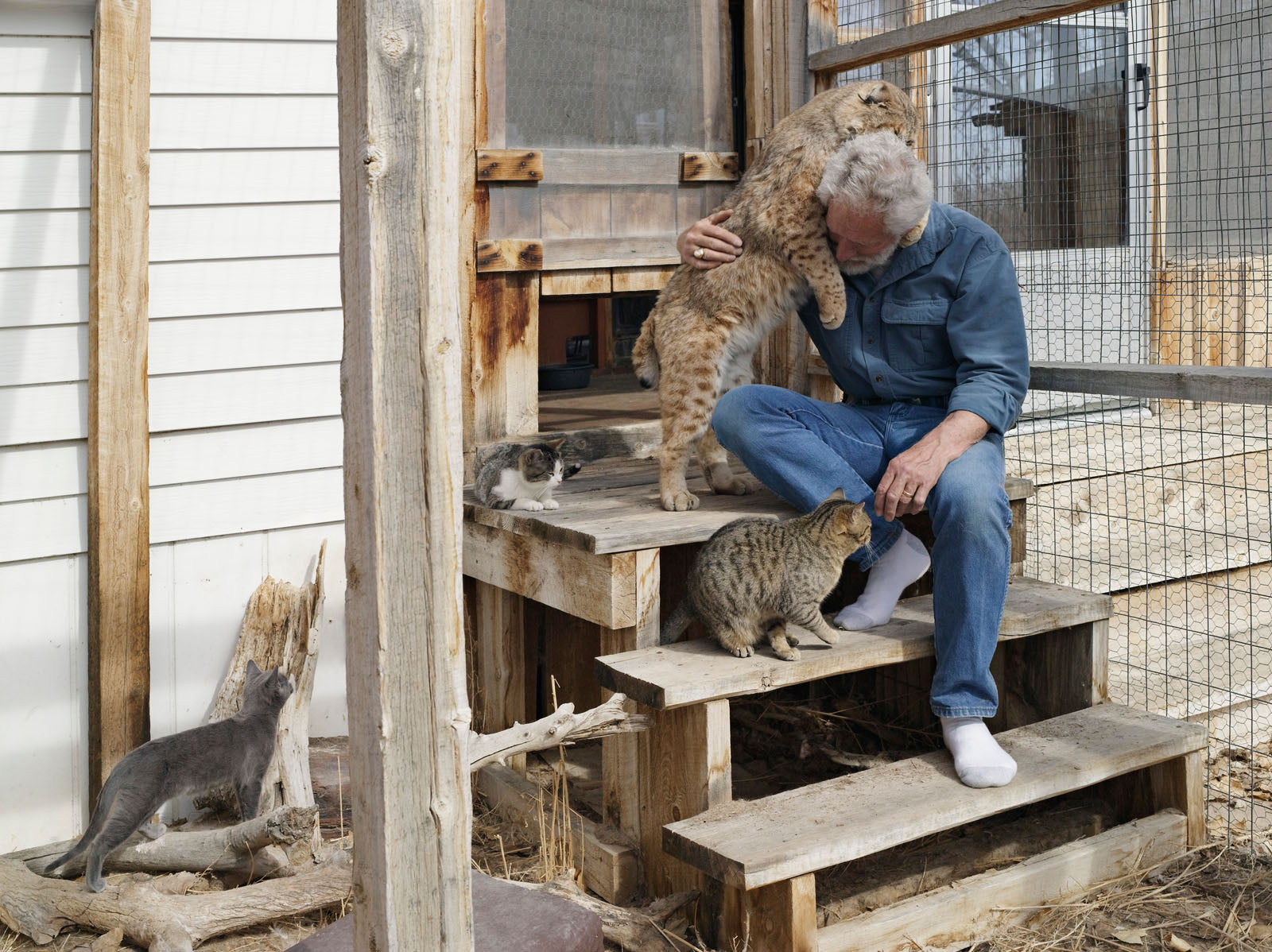
How is mining transforming these communities?
For example, I have a photograph of a man named Tony about to fall of the top of the fence pole and he’s holding a gun. Since I took that photograph, that area got developed and is now the site of a gold mine. Because there’s a gold mine, roads are being built and stores are coming in, a town is going to be there.

So every town has its own transformation..
Yeah, in another photograph I made, Thomas and Kimberley are swimming and playing at the edge of a pond. The area around them is called Jeffrey City. It was a town that relied on a company that mined uranium for the bombs in the Cold War. The company closed the mines and took the jobs with them. People left also, and moved their houses with them. So when you drive through Jeffrey City nowadays, which has a population of 6 people, there are streets with the foundations of the houses that they moved. Cement slabs with four stairs in front of each of them, leading nowhere.

Mining doesn’t sound very sustainable..
What scares me is that every mine closes eventually, what makes a mineral valuable is the fact that it’s used and that is limited. So any economy that is based on mining or energy development is going to run out. Its boom and bust, in a boom time there’s money there are resources there are jobs and when it busts if another industry doesn’t come in to takes its place, the population leaves with the company.

How are modern commodities inserted in the wilderness of the American West?
The American West is part of the modern world. I photographed two Peruvian sheepherders named Oscar and Wilson as they trailed sheep over the high desert in Wyoming. They had a cart with four modern tyres and two horses to pull it. They were in charge of 2,000 sheep. They hadn’t seen a town in over a year and they had been moving every day. When I went to visit Oscar and Wilson they cooked me dinner in a wood-burning stove inside their cart. Just before we ate, Oscar pulled out a VOGUE magazine and ripped out a small section of a perfume advertisement. He hung that piece of paper over the stove so the whole cart smelled like perfume. Surrounded by millions of acres of open land, that’s about as rustic as you could get. And there were still pieces of the modern world in it.
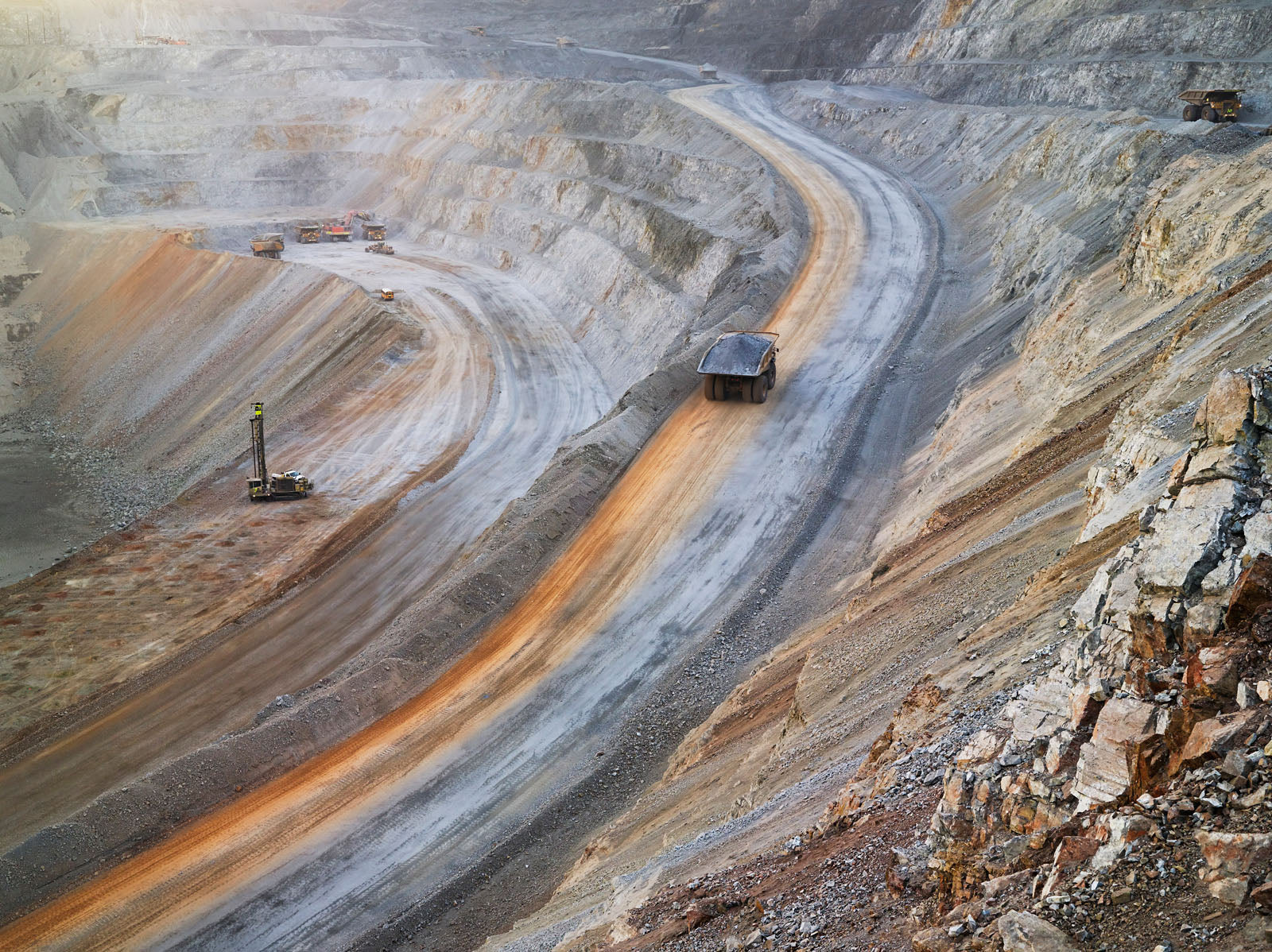
So, what’s the future of the American West?
I think the core question in the American West today is: What we are going to do with the wild land we have left? How can there be industries that give people jobs and still be sustainable? If these questions aren’t answered the future will involve another bust and another boom and another bust…


Article by: Laura Rodriguez Castro
- Tags: Interviews

